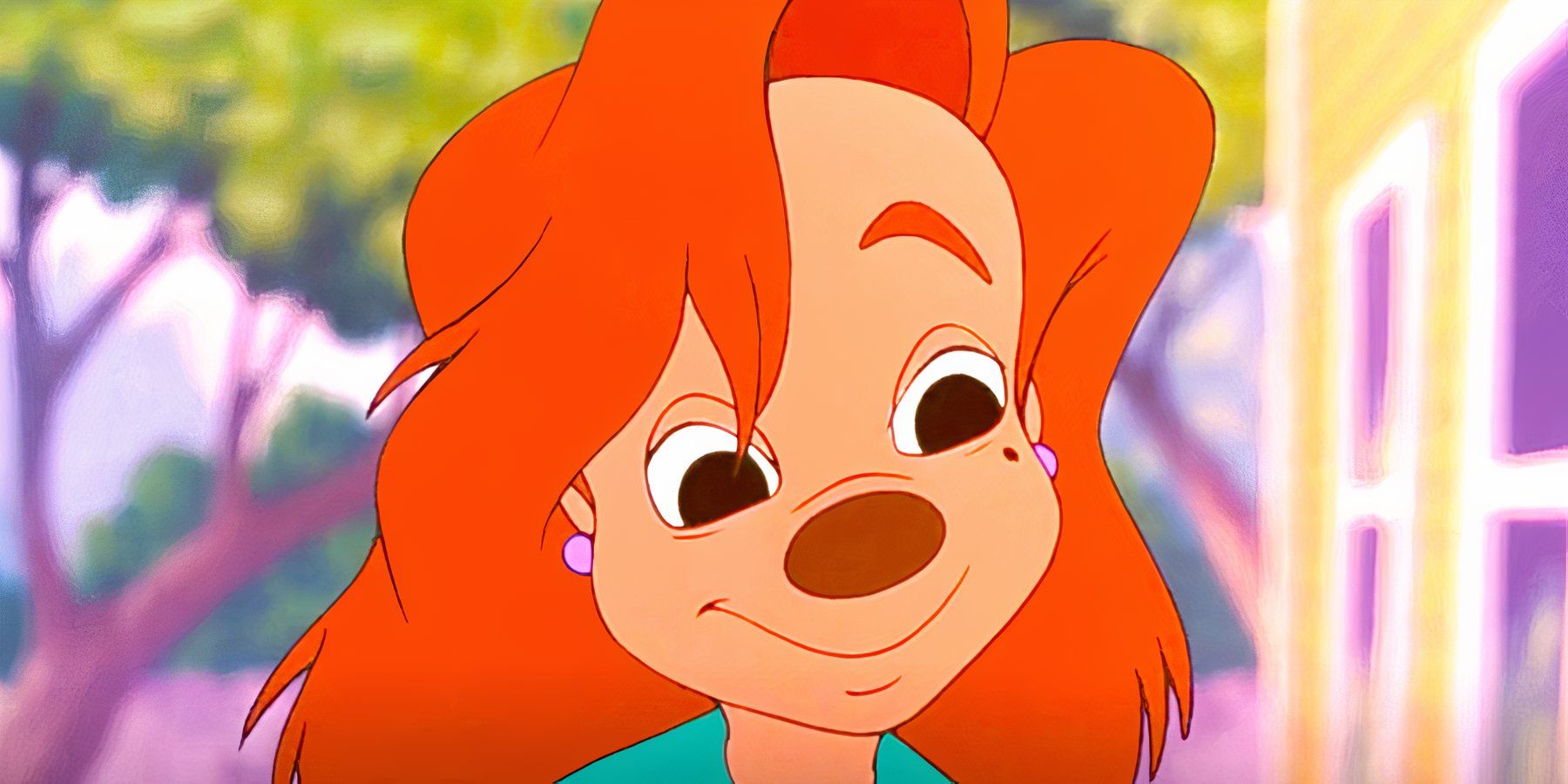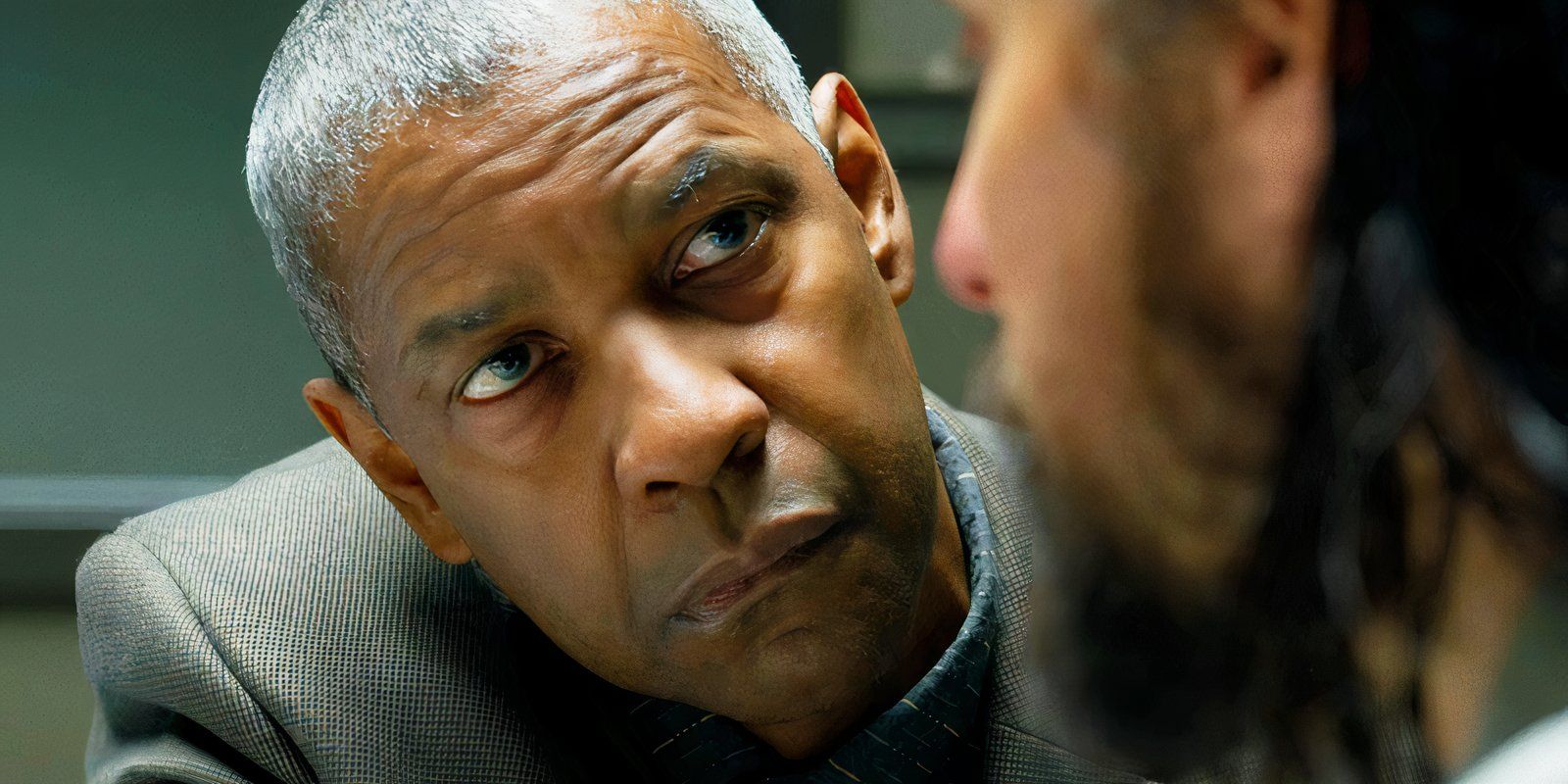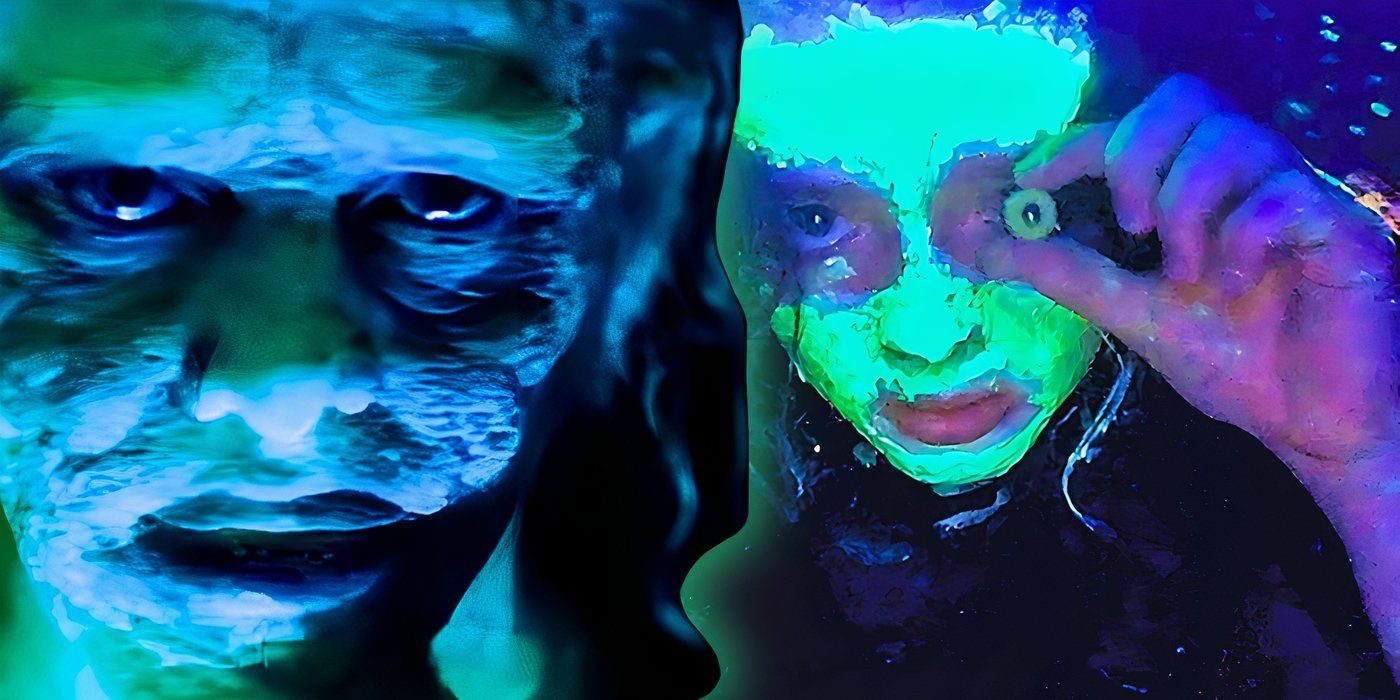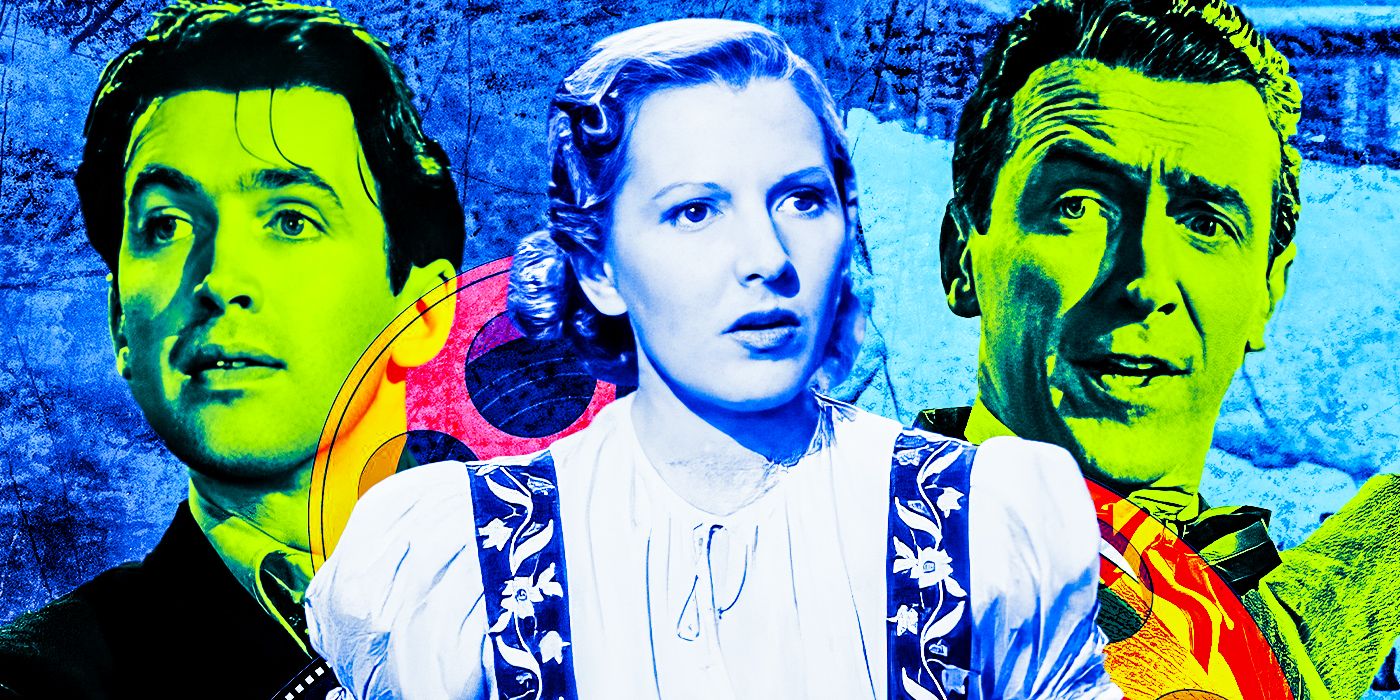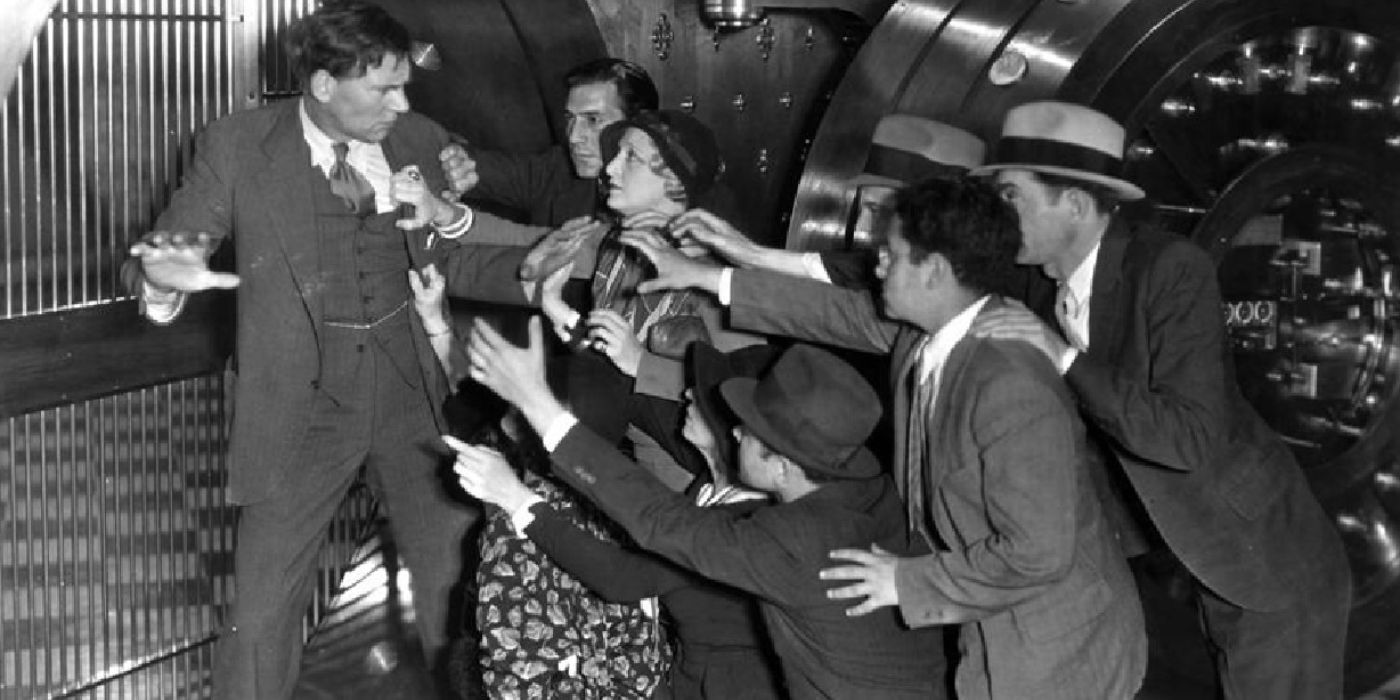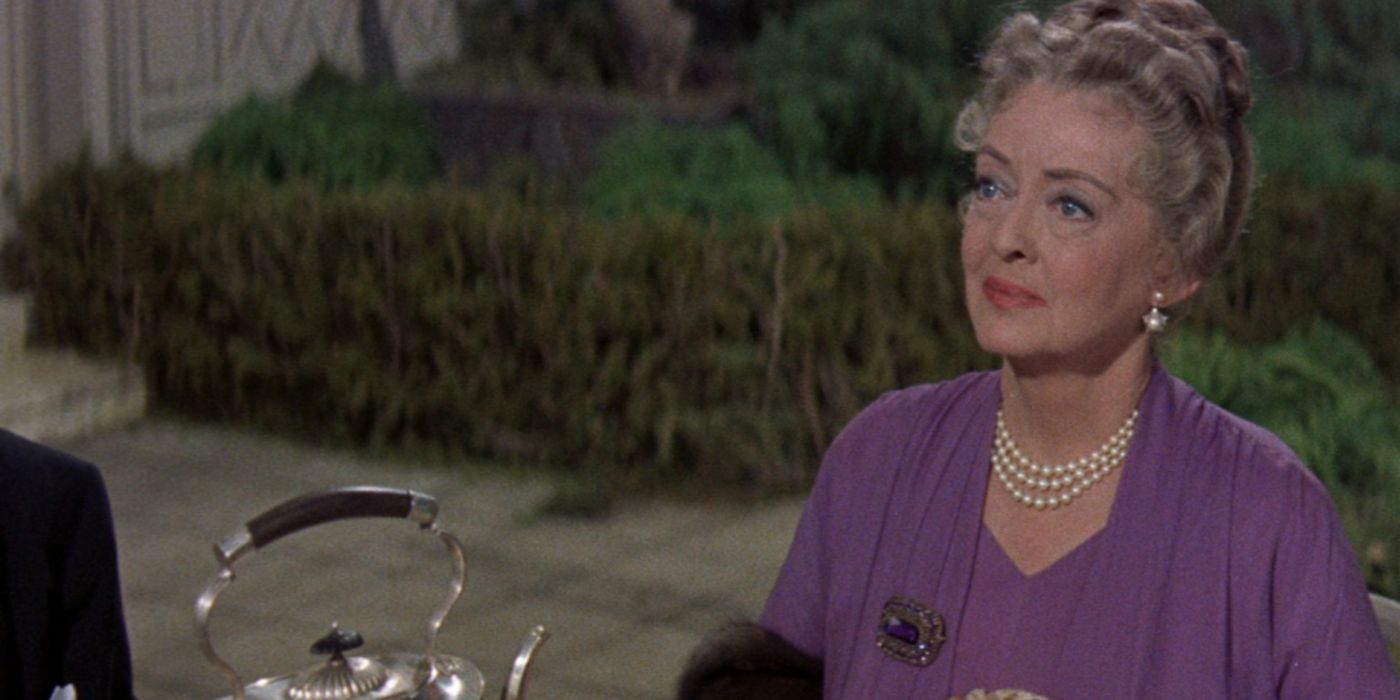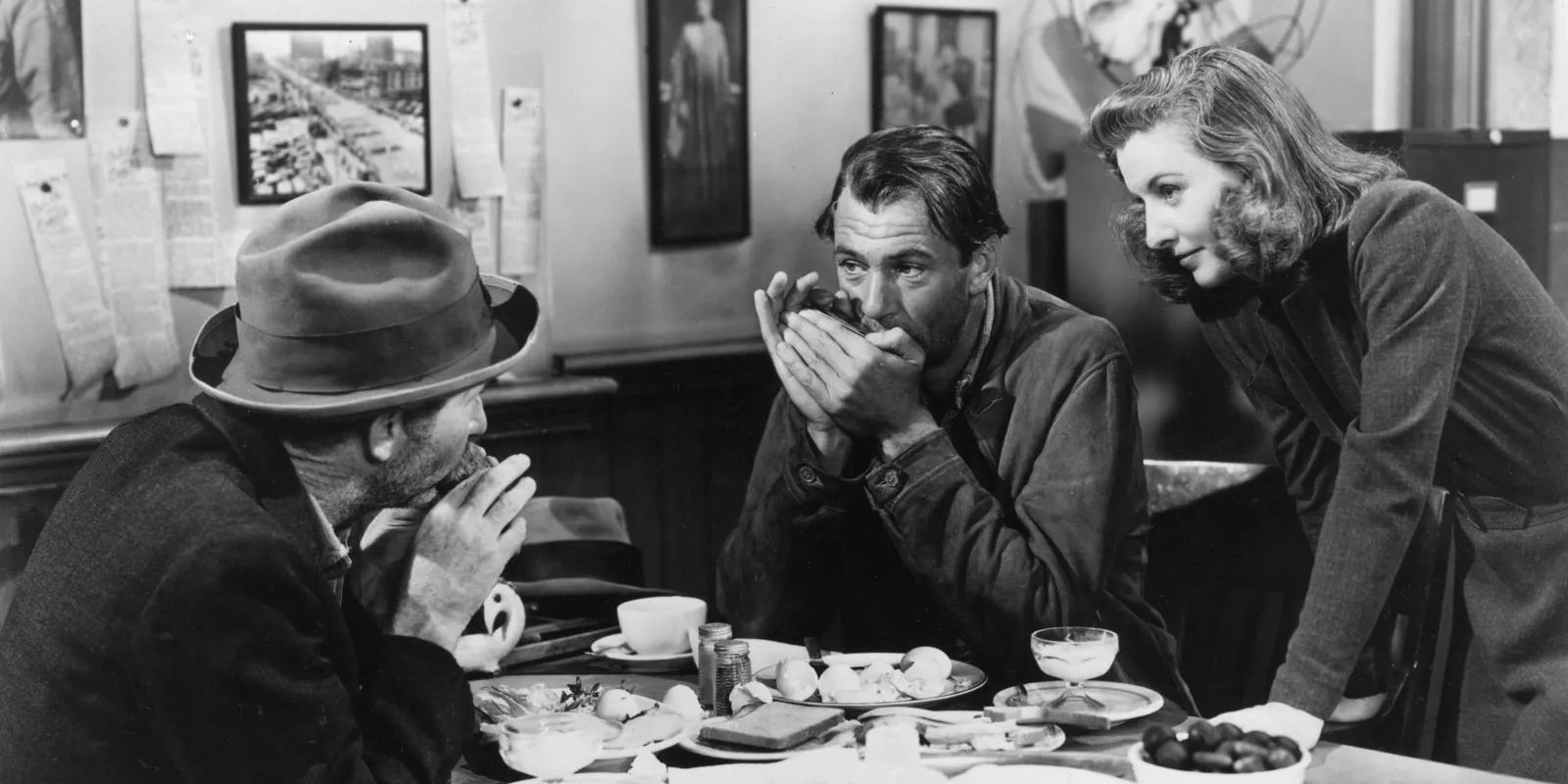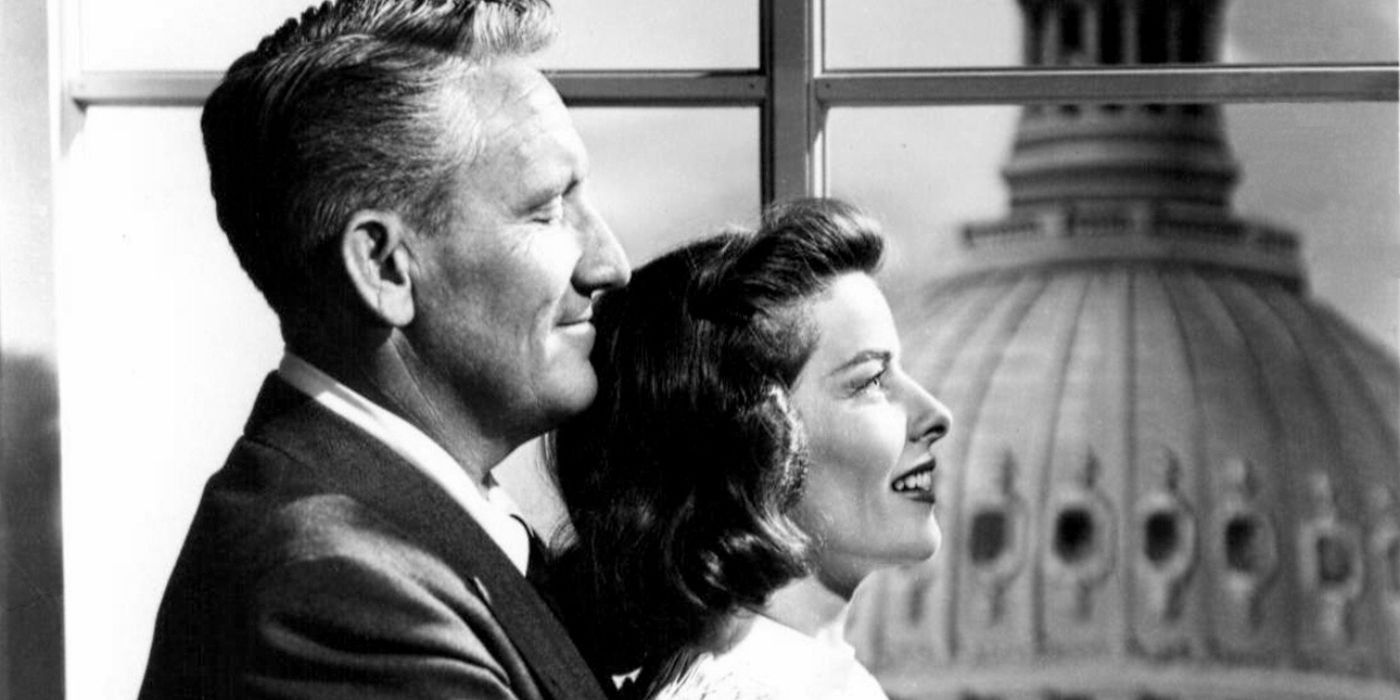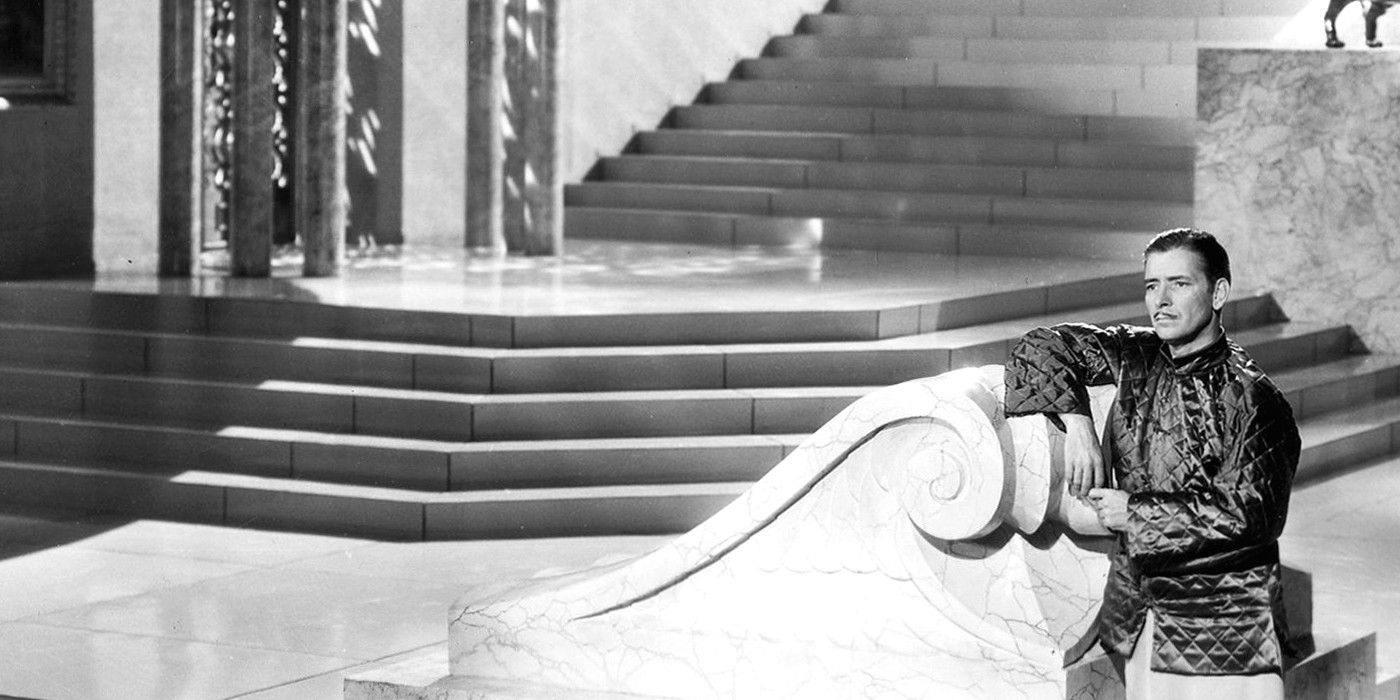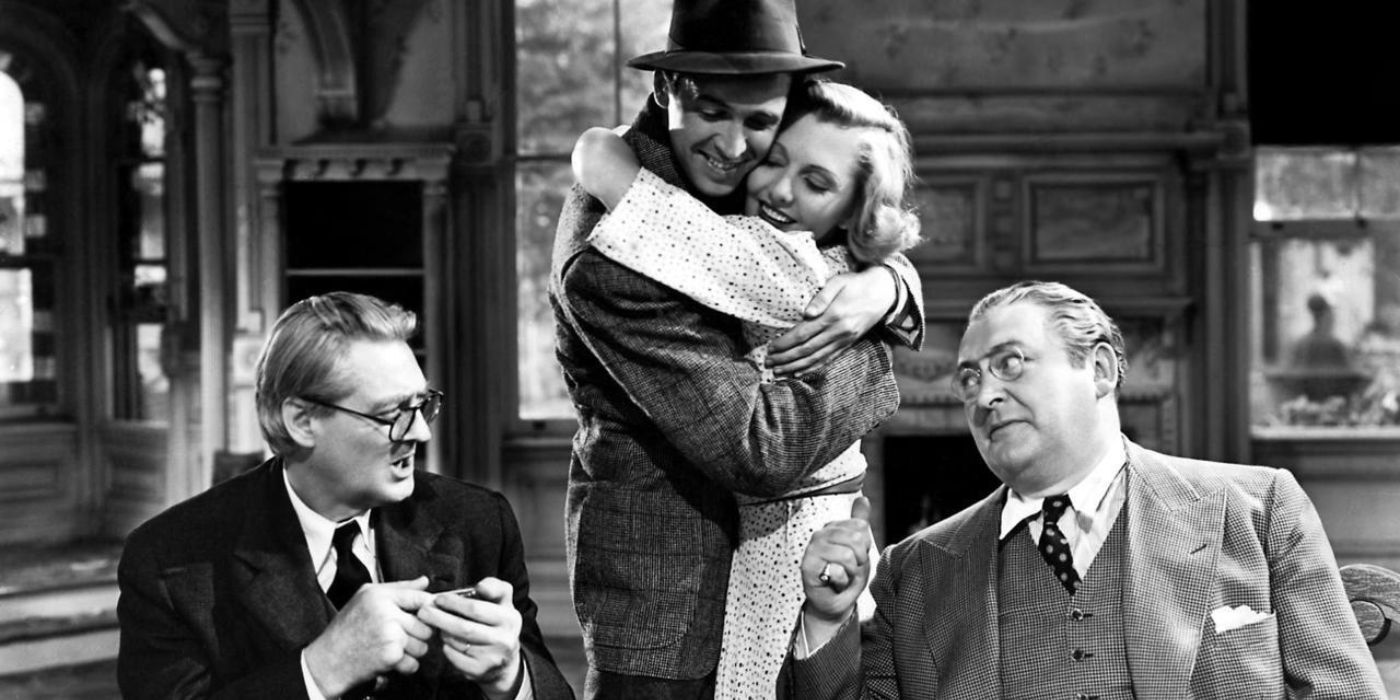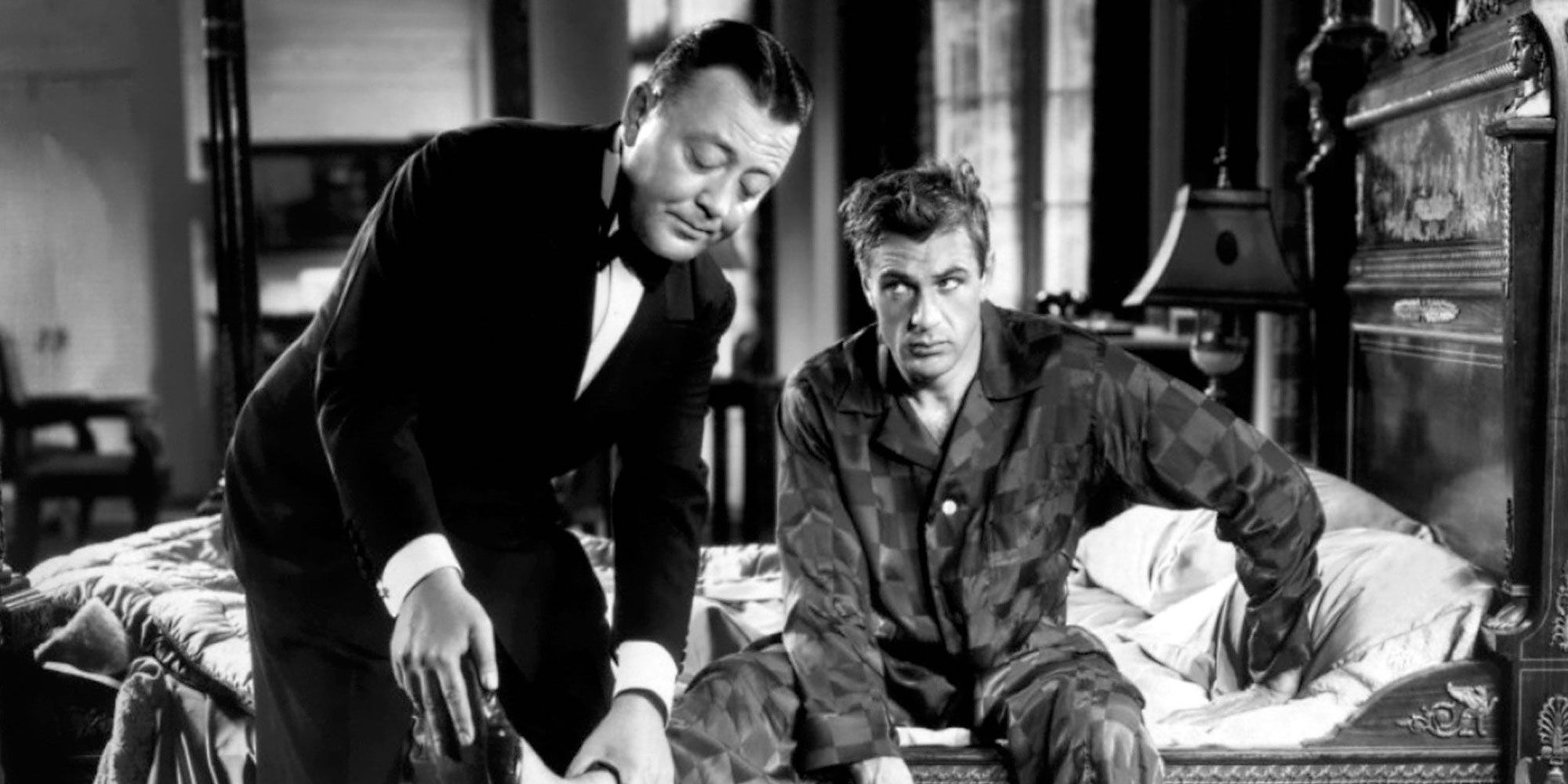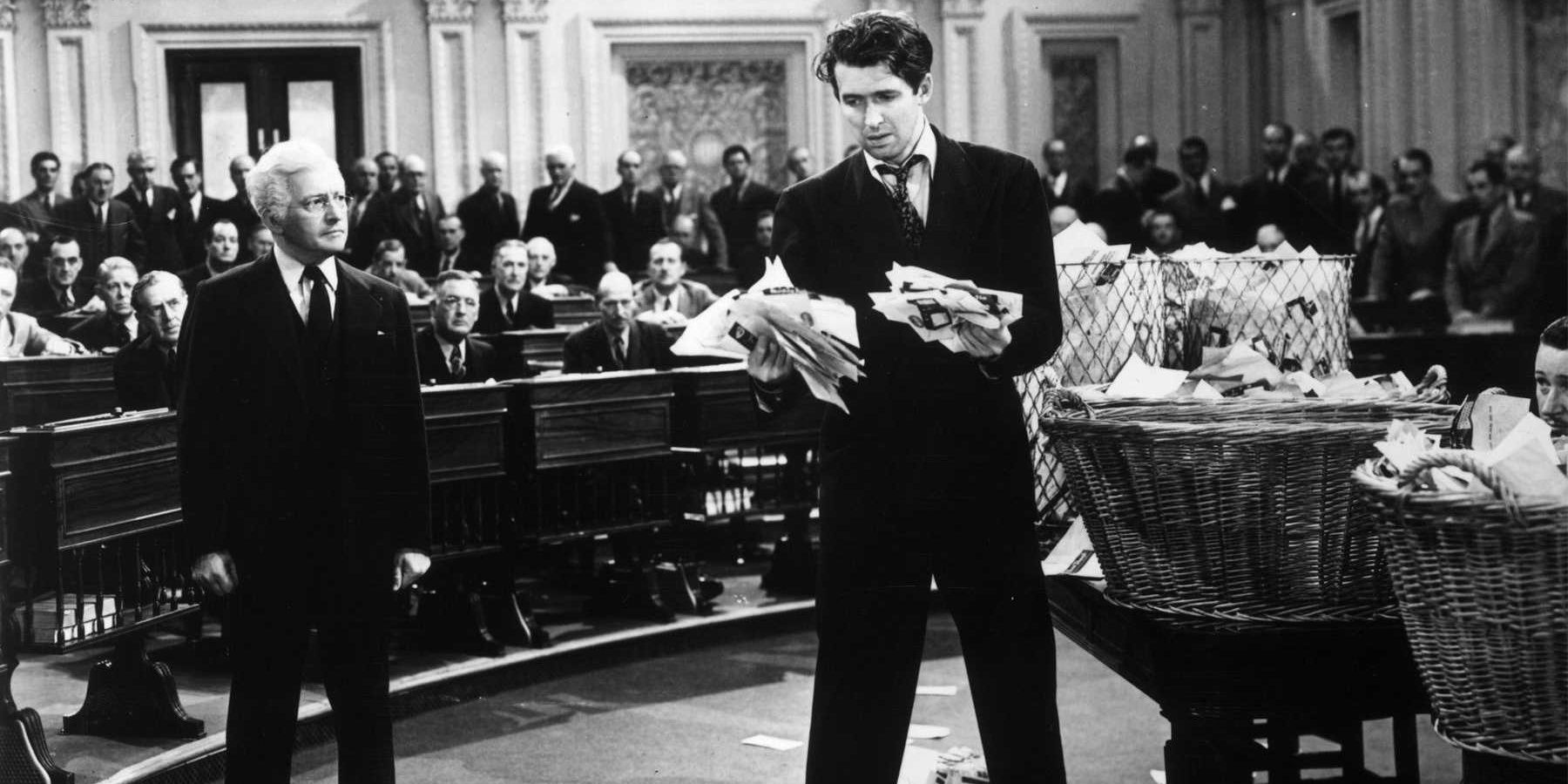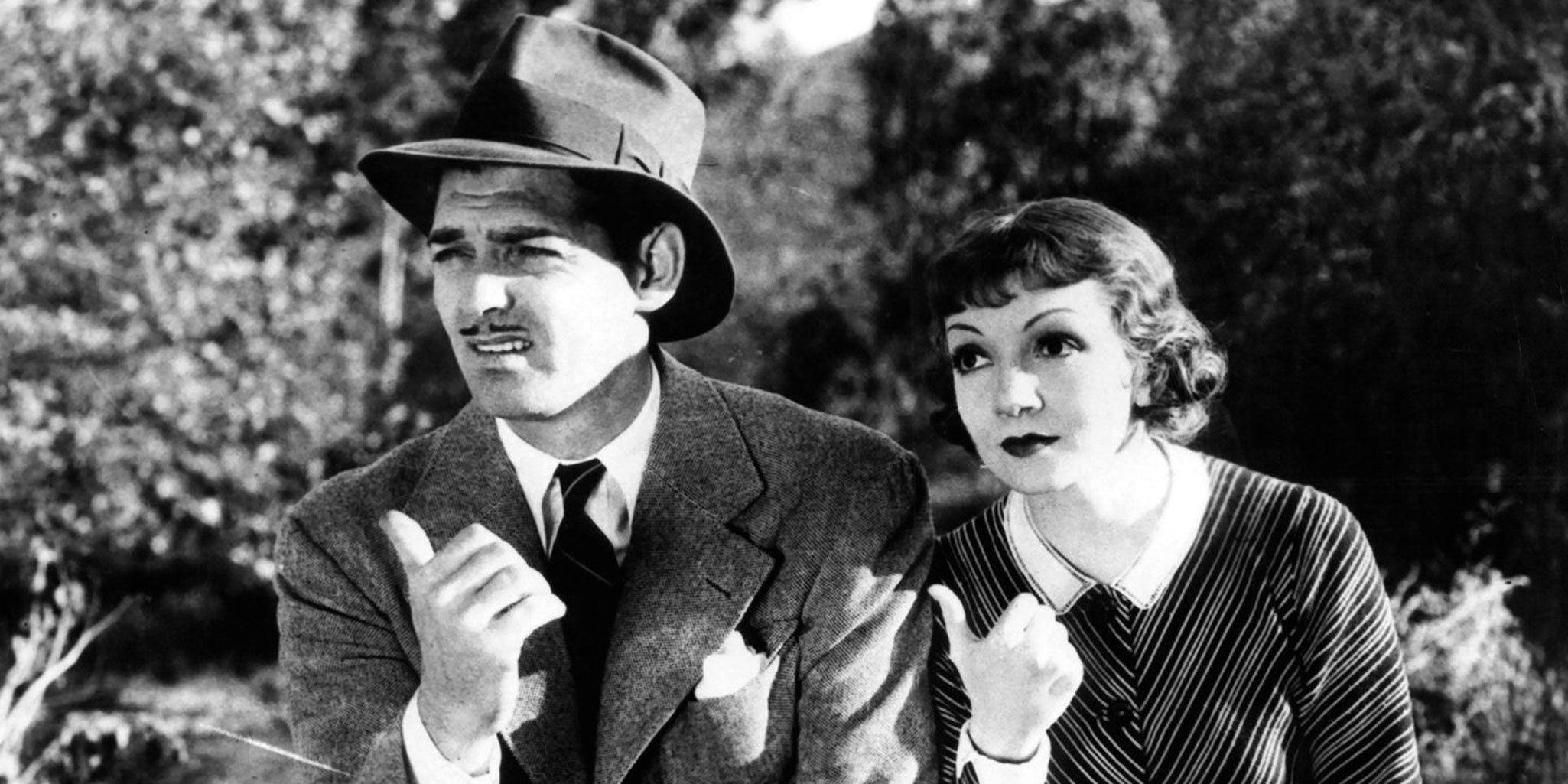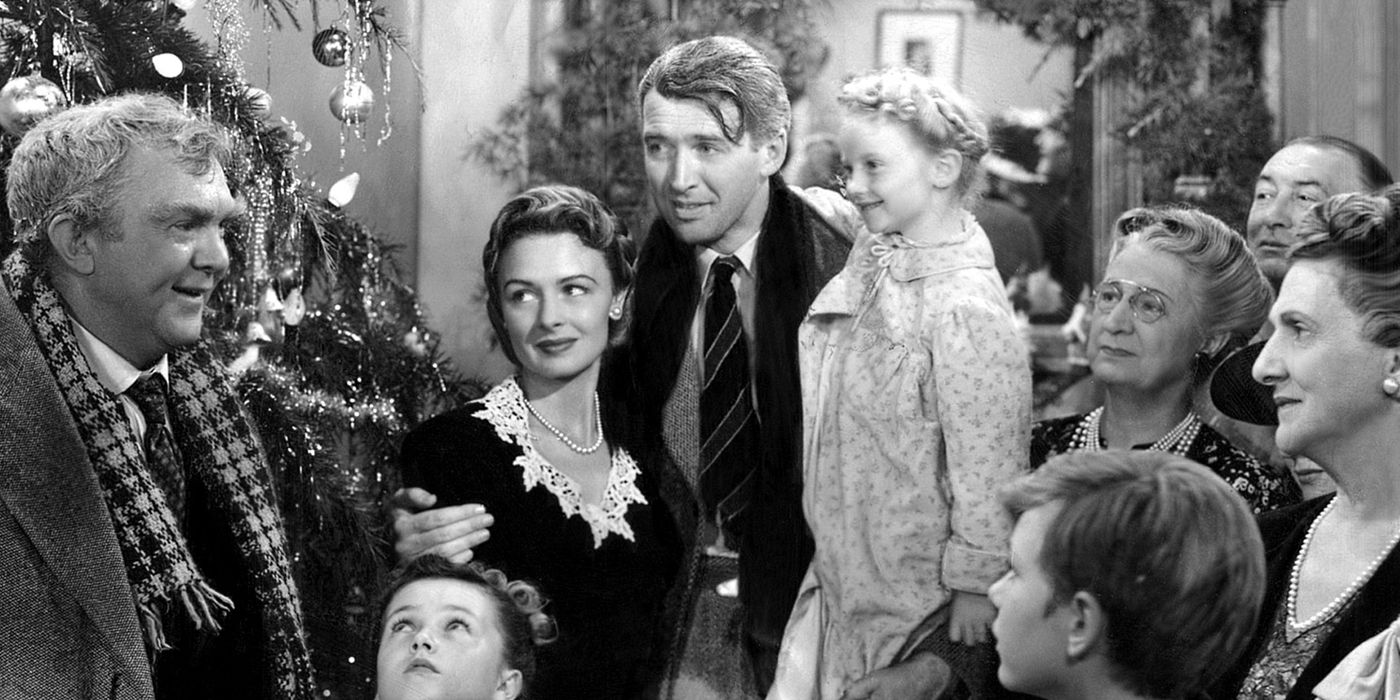Summary
- Frank Capra's films had a profound impact on the Golden Age of Hollywood, inspiring future directors like Spielberg and Lynch.
- Capra's filmography combined feel-good cinema with elements of bleakness and existentialism, adding depth to his heartwarming narratives.
- While some of Capra's movies didn't age well, a good portion of his filmography has stood the test of time and continues to be cherished by audiences.
Having picked up the Oscar for Best Director three times (along with an additional three Oscars in other categories), Frank Capra and his movies left an undeniable impact on the Golden Age of Hollywood. The Italian-American auteur has had a cinematic life story of his own. With Capra’s family immigrating to the United States with hardly any resources, Capra ended up helming his first movie Fultah Fisher’s Boarding House when he was just 25. Since then, Capra enjoyed an enduring career, carving his niche in what contemporary critics describe as “feel-good cinema”. His legacy went on to inspire future cinematic visionaries like Steven Spielberg, David Lynch, and many more.
From Mr. Smith Goes to Washington to It’s A Wonderful Life, Capra’s finest works brim with moral righteousness, miracles rooted in real life, and a multitude of heroes with their own rags-to-riches stories (much like Capra himself). But contrary to public opinion, the director also added a fair share of bleakness and human existentialism in some of his most heartwarming narratives. Capra’s filmography also included occasional genre diversions like the fantasy adventure Lost Horizon, the crime comedy American Madness, and his Why We Fight series of World War II propaganda movies. If not all his movies but a good chunk of Frank Capra's filmography only aged better with time.
10 American Madness (1932)
One of Frank Capra’s earliest works is uneven and clunky in its 76-minute runtime. And yet it set up a roadmap for his future, including elements like a hero disgruntled with the system and timely social commentary (on the Great Depression in this case). But what set American Madness apart from his other movies was its attempts at playing out as a gangster movie. Compared to other Capra protagonists, Walter Huston’s frustrated banker isn’t that perfect a protagonist. But viewers can’t help but feel empathetic toward his plight as he deals with his protégé falsely accused of fraud and rumors of his wife’s extramarital affair on the same day.
9 Pocketful of Miracles (1961)
Starting from the 1950s, Frank Capra began losing touch with modern audiences and instead chose to remake many of his older movies. While some of these experiments disappointed audiences and critics, Pocketful of Miracles is still relatively fresher (more so for those who didn’t watch the original Lady for a Day). While its source material is a classic in its own right, Pocketful of Miracles benefited greatly from Bette Davis’ convincing lead performance as a street urchin who unexpectedly turns into a wealthy socialite. Capra’s final film might lack the gravitas of his older work, but the ensuing comedy of errors proved that he could still craft heartwarming family-friendly comedies.
8 Meet John Doe (1941)
When it comes to classic movies about the newspaper industry, 1941’s Citizen Kane reigns supreme for its commentary on yellow journalism. But in that very same year, Frank Capra directed a less ambitious but nonetheless passionate satire on the state of news in his era. Meet John Doe found Barbara Stanwyck playing a journalist who after being fired, ends up writing one final piece that turns out to be a fake news article. The rumor-driven chaos that follows makes the movie as timely as ever, considering the polarization and misinformation that even modern media suffers from. Capra’s frequent collaborator Stanwyck shines and so does her charming co-star Gary Cooper.
7 State Of The Union (1948)
The political drama State of the Union proves how Frank Capra could also take on heavier themes. With constrained spaces and dim lighting, Capra conveyed the trials of tribulations of a troubled marriage. Spencer Tracy starred as an aviation industrialist who plans to run for President. But his campaign entails him to get back with his estranged wife, played to perfection by Katharine Hepburn. While Capra’s movies have offered some timeless romances, State of the Union reminds audiences that not all the auteur’s narratives can have fairytale endings. The movie endures as a mature human drama and gets only better with time.
6 Lost Horizon (1937)
Lost Horizon’s tiring pace might frustrate some but for the ones who are patient enough, this Frank Capra classic will offer them plenty of food for thought. The only fantasy adventure that Capra ever directed, Lost Horizon dealt with the surviving crew of an airplane crash who are rehabilitated in a Utopian world aptly titled Shangri-La. The escapist fantasies in Lost Horizon seemed prophetically tragic considering the movie was released just two years before World War II. Even though it’s not a sci-fi movie per se, Lost Horizon seemed to walk in the footsteps of the first sci-fi movie Metropolis that had come out a decade earlier.
5 You Can't Take It With You (1938)
This 1938 classic proves how Frank Capra mastered the art of romantic comedies. The ensemble cast gets to indulge in some screwball antics as James Stewart’s uber-rich hero attempts to woo Jean Arthur’s poorer (but not money-minded) heroine share an interestingly tumultuous romance. You Can’t Take It With You was Capra’s way of not only addressing the economic differences between his leads but also their families. There’s not much deeper subtext here, but the clash between the opposing in-laws is enough to draw chuckles. But as most Capra movies go, the movie manages to address the class differences of his era in one way or the other.
4 Mr. Deeds Goes To Town (1936)
Ranking among Gary Cooper’s best non-Western movies, Mr. Deeds Goes To Town features Frank Capra doing what he does best: crafting a moral fable with universal relevance. As is common with many of his best movies, this comedy-drama revolves around a major reversal of fortune. Cooper’s small-town poet moves to New York City when he suddenly inherits a major fortune. But as the naive Longfellow Deeds is surrounded by forces of capitalist greed, he gets more than what he bargains for. Offering delightful performances by both Cooper and then-debutant Jean Arthur, Mr. Deeds Goes To Town is a timeless gem that won Capra his second Best Director Oscar.
3 Mr. Smith Goes To Washington (1939)
Frank Capra's most political movie tones down his comedic flair and allows the ever-charismatic James Stewart to deliver some memorable monologues while clashing against more conservative and idealistic seniors at the US Senate. Mr. Smith Goes To Washington perfectly shows how Capra's filmography offers viewers the hope that sometimes, one man can indeed change the world. The film was too bold for its time and created some controversy but still earned huge returns at the box office. Stewart became a future star and a regular collaborator of Capra’s while character actors like Claude Rains and Edward Arnold delivered some of their career-best performances.
2 It Happened One Night (1934)
The first film to win the Big Five at the Oscars and a trailblazer in the rom-com genre, It Happened One Night definitely revolutionized the enemy-turned-lovers trope like never before. One of the last Pre-Code romances, the movie starred Claudette Colbert as a rebellious socialite who goes on the run and falls in love with an equally unruly reporter played by Clark Gable. Both characters have their disagreements but in the course of the movie, fall so passionately for each other that they would definitely go down among Golden Age’s best couples. Robert Riskin’s screenplay has aged well and Capra’s simplistic vision just shows how magical love can truly be.
1 It's A Wonderful Life (1946)
A cinephile’s major dilemma between choosing Frank Capra’s best movies often comes down to It Happened One Night and It’s A Wonderful Life. While the former is an undisputed classic, It’s A Wonderful Life can be regarded as Capra’s most immortal story. This is chiefly because of its sheer universality and evergreen optimism. The usual Capra muse James Stewart plays a man on the brink of suicide, who witnesses a Christmas miracle to change his mind. Given It's A Wonderful Life's great life lessons and heartwarming quotes, it’s only a shame that the movie flopped in its time. But over the decades, audiences continued regarding it as Frank Capra’s finest.


